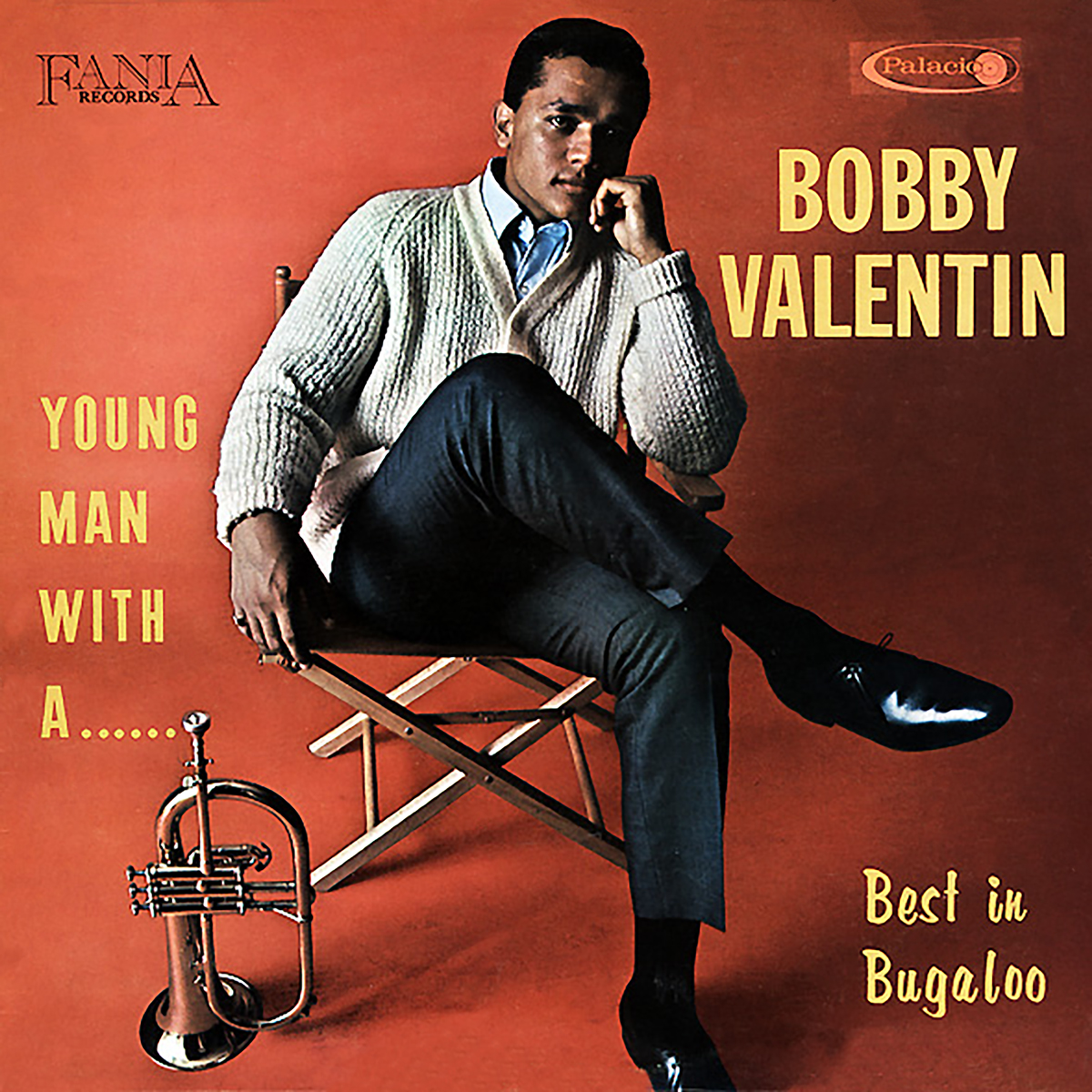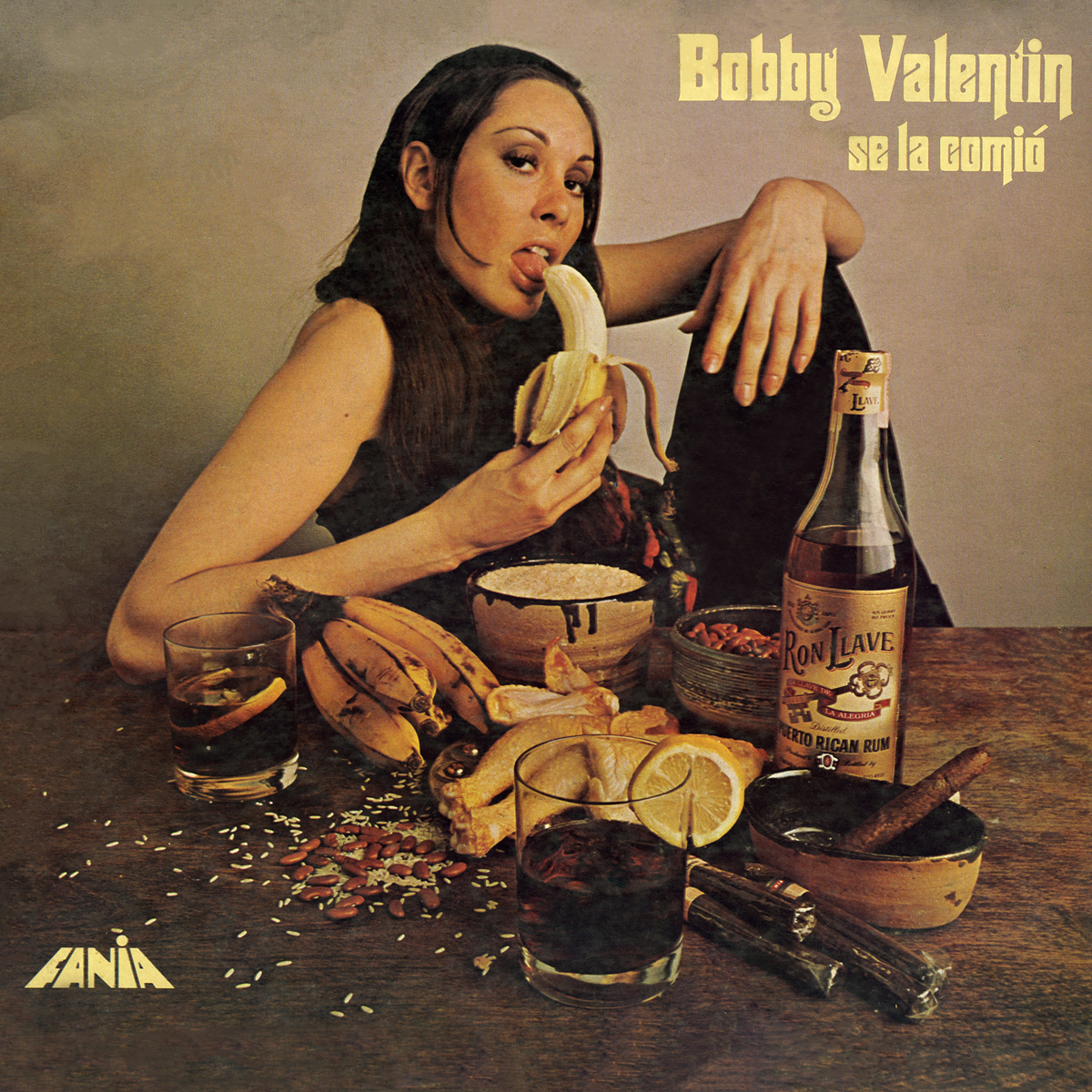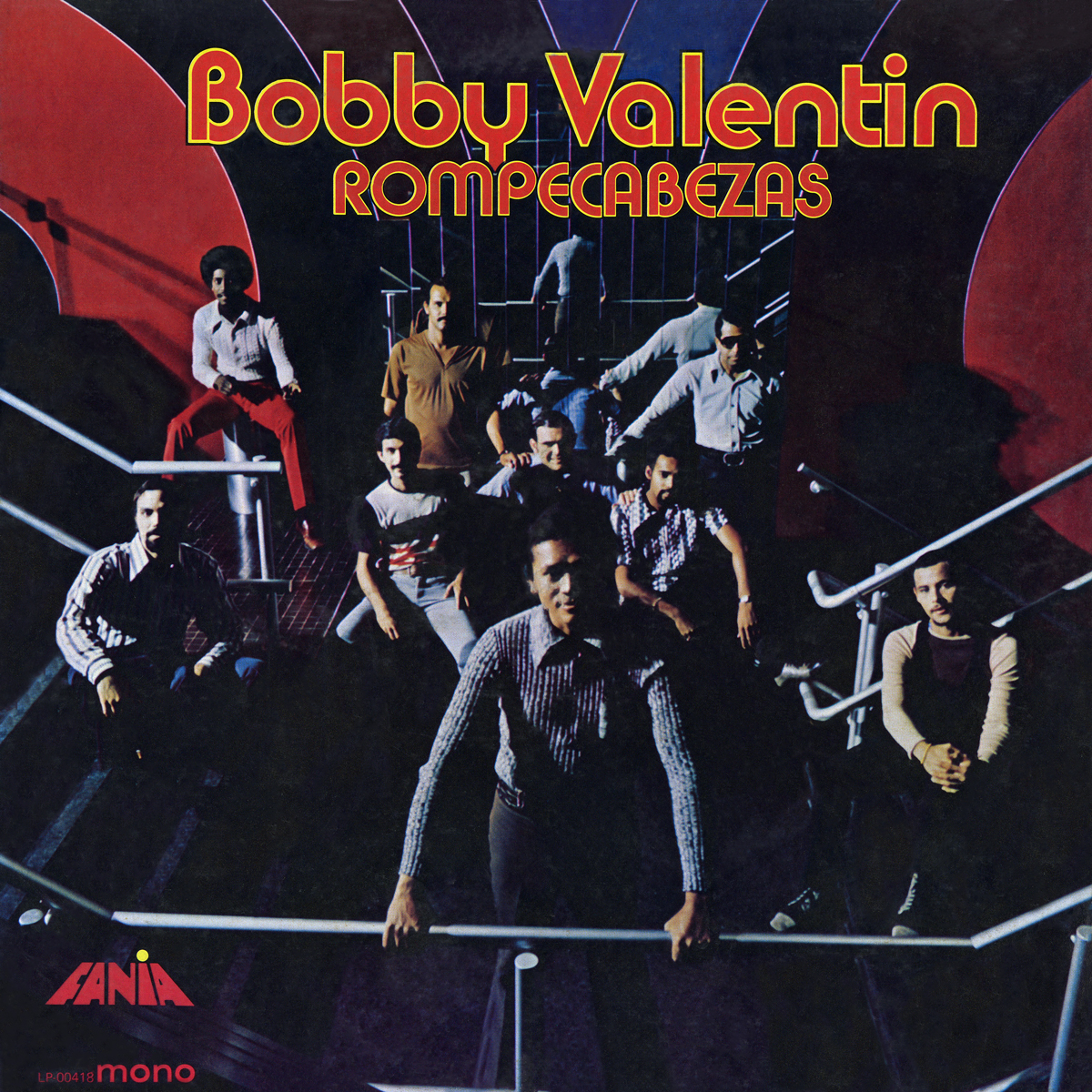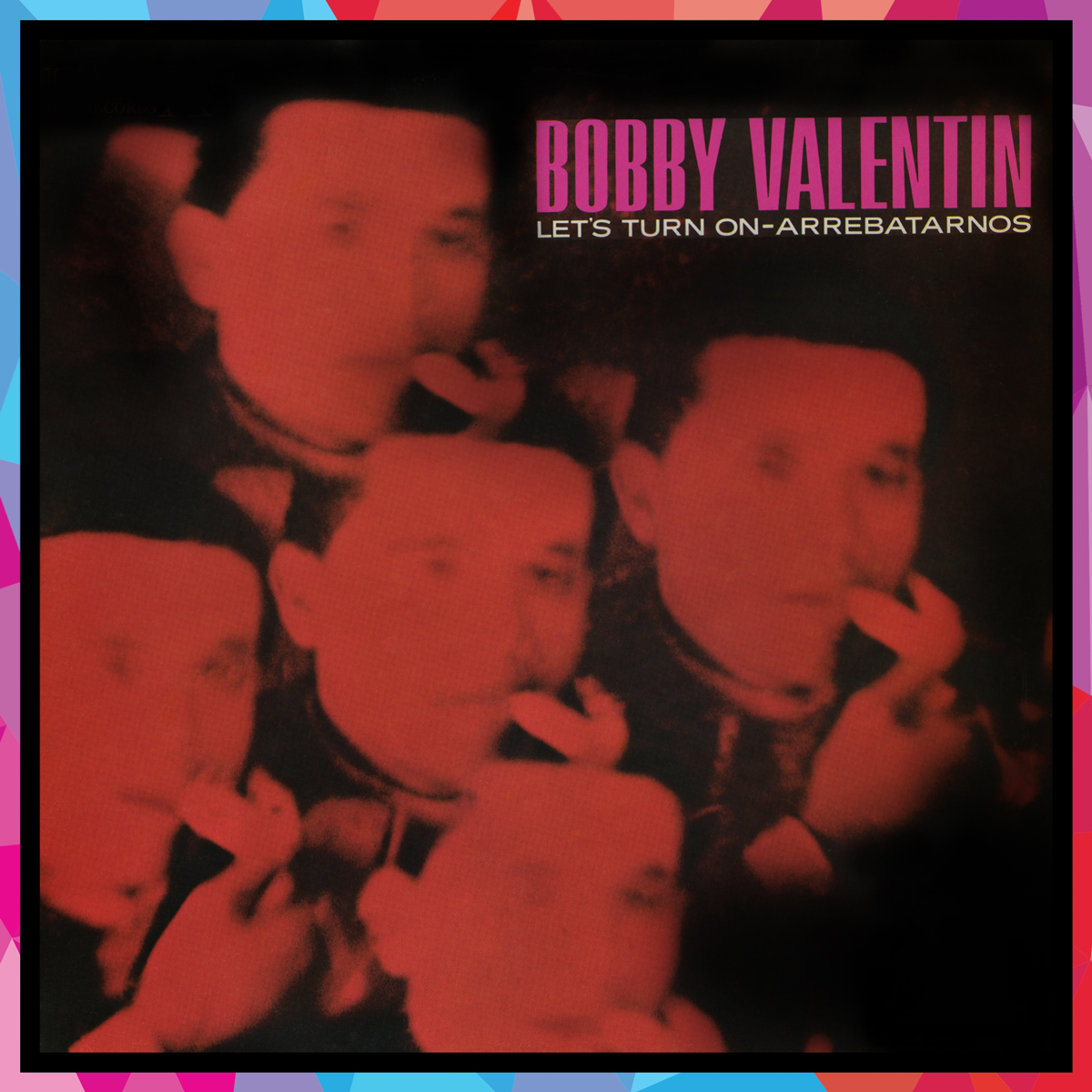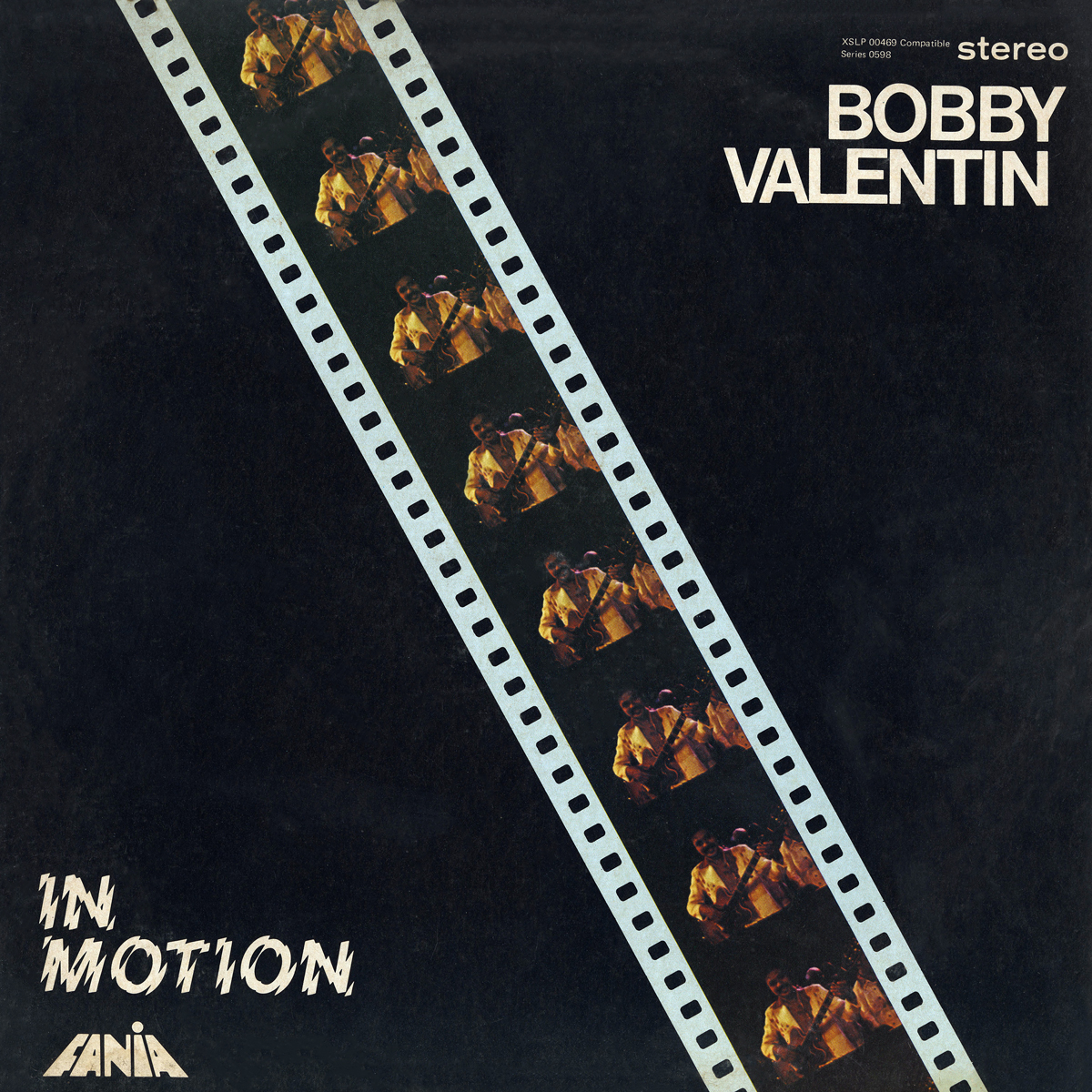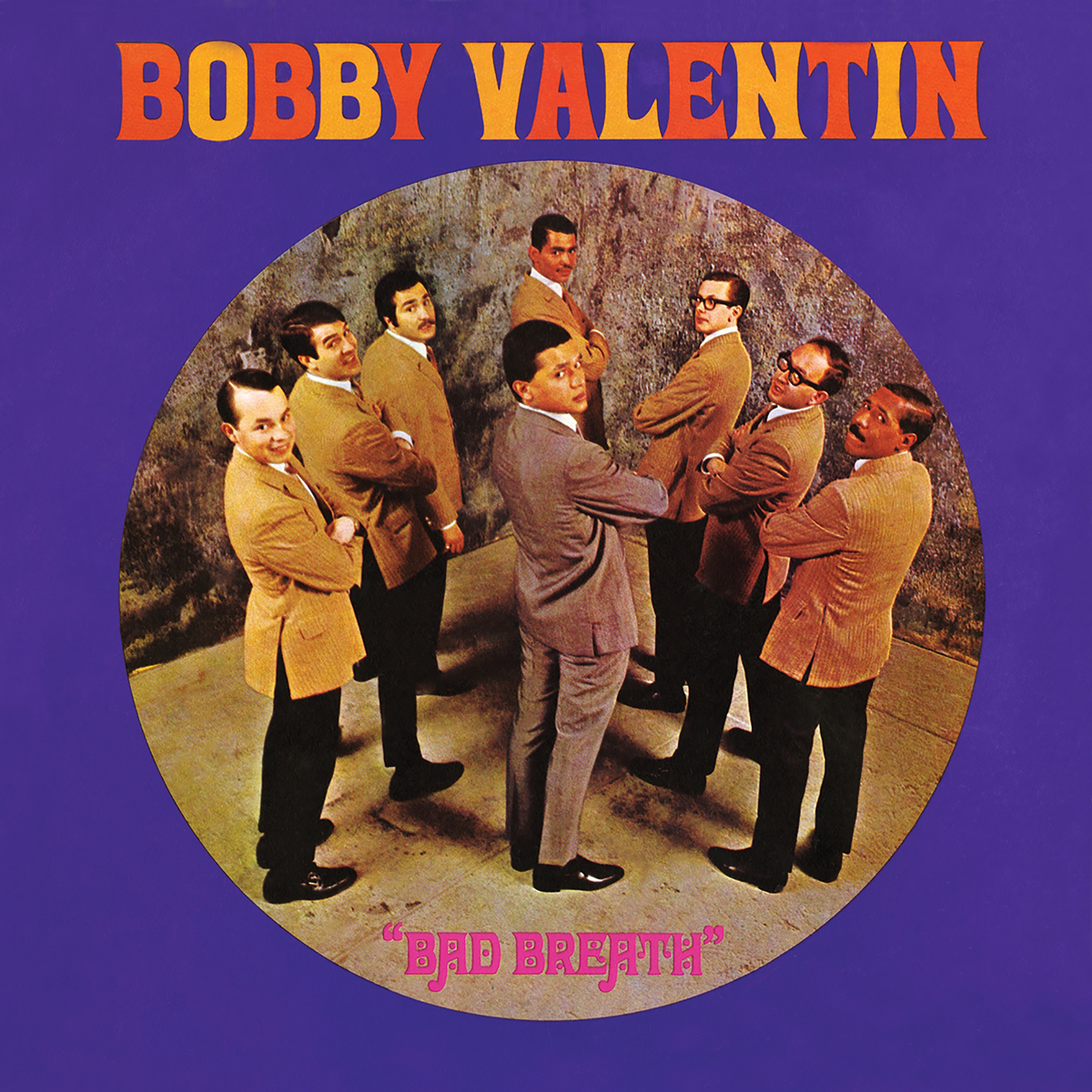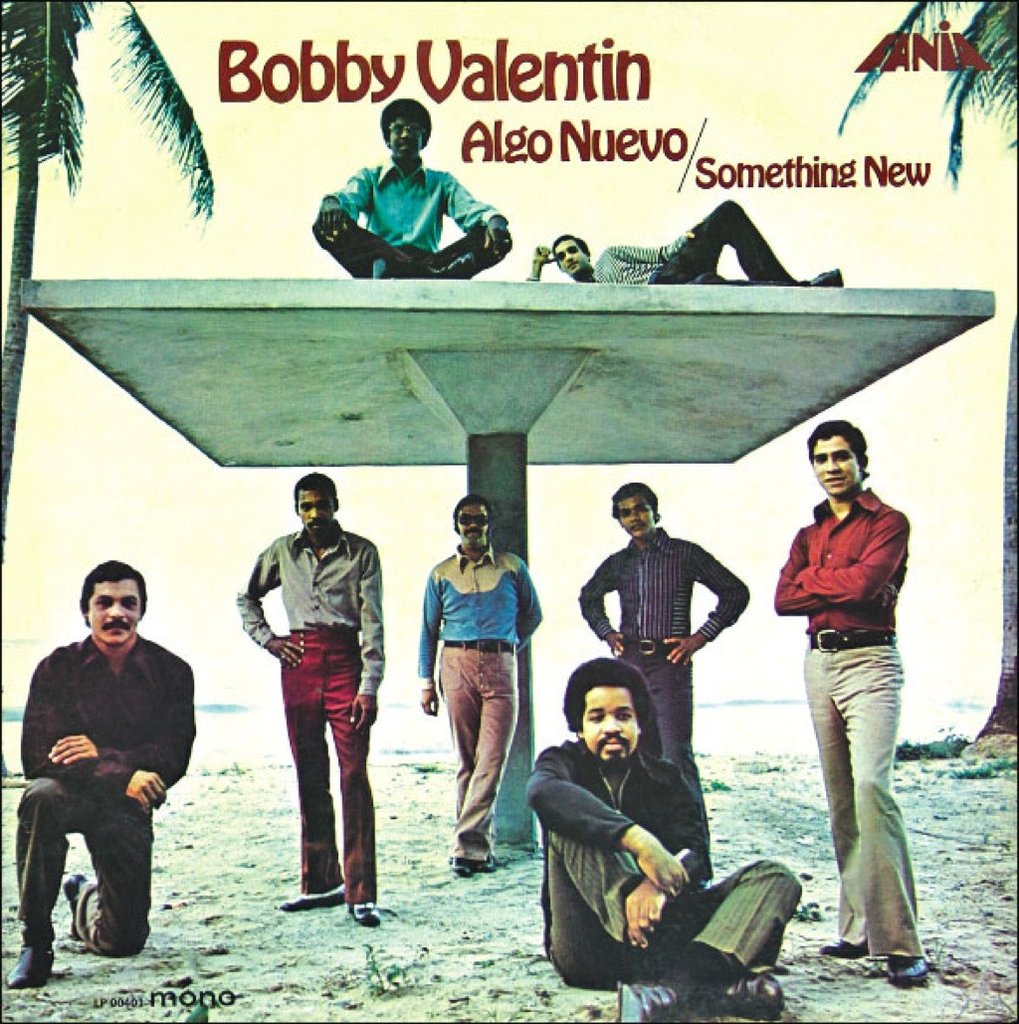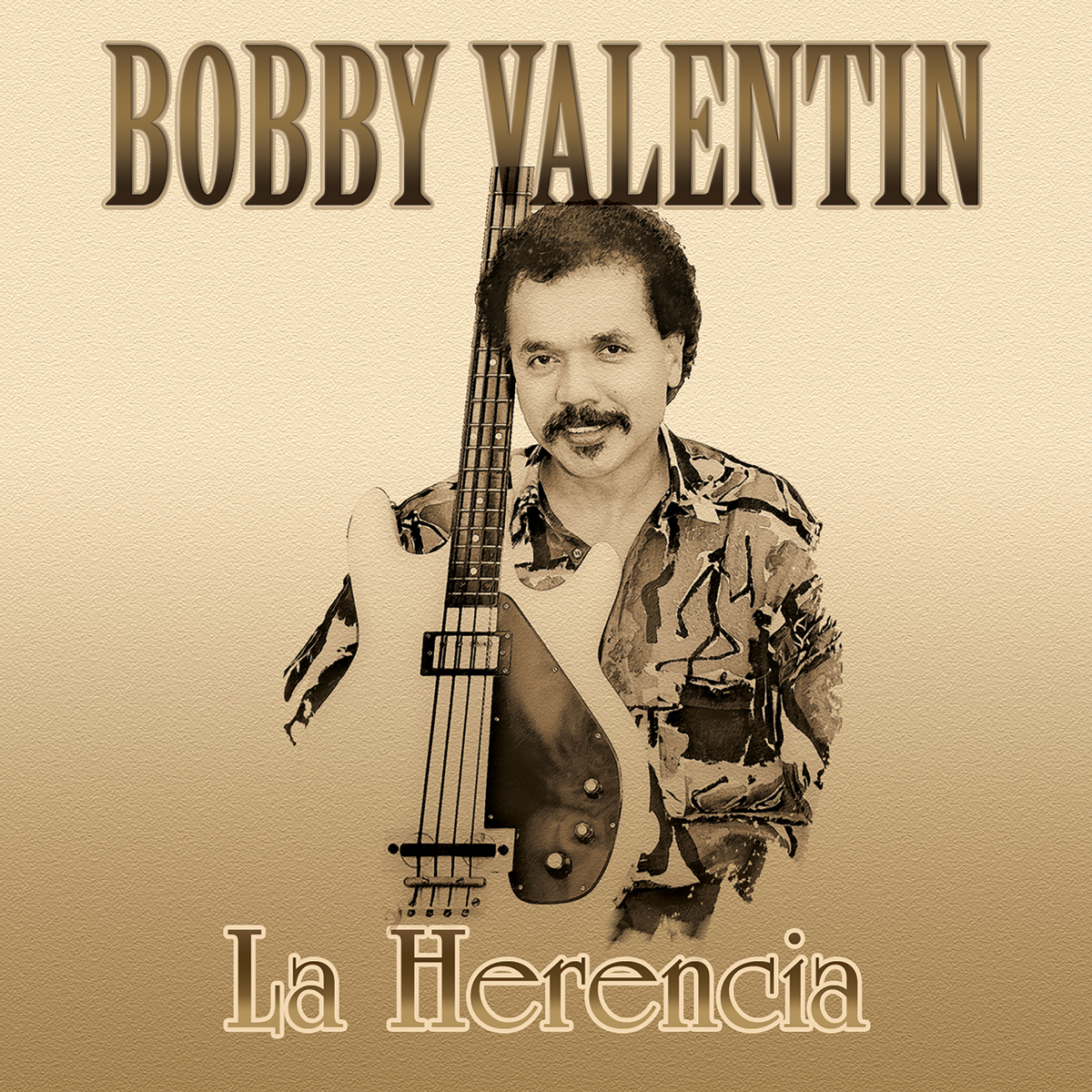
On Saturdays, he would sell chewing gum at the theatre in Coamo, a small village located in the central mountain range of Borinquen, where Roberto Valentín Fred took his first steps in popular music. Born in 1941, he grew up listening to the boleros of Trío Vegabajeño, Los Tres Ases and Los Diamantes. He developed his musical talents by playing string instruments like guitar, bass and cuatro, performing with various trío ensembles in Coamo. He studied alto sax at the Escuela Libre de Música José Ignacio Quintón, but switched to trumpet because he believed that this instrument allowed him to better express himself. Professionally, Bobby Valentín wrote the first chapters of his artistic saga in New York.
He arrived there at age 16, and shone as trumpet player and arranger with the orchestras of Joe Quijano, Charlie Palmieri, Willie Rosario, Louie Ramírez and Tito Rodríguez, whom he proudly recalls for giving him the opportunity to perform on the 1963 album En Puerto Azul, Venezuela. In 1965, Bobby founded his own orchestra, paving the way for his debut El Mensajero, released in 1966 by Fonseca Records. The same year, he became the first artist to be signed by Johnny Pacheco and Jerry Masucci to the newly formed Fania label. HIS SINGERS His first singer was Marcelino Junior Morales, who participated in Valentín’s first album and whose style (similar to Tito Rodríguez) was very popular. The second singer was Frankie Hernández, whom Valentín met in 1966 sharing the bill with Orquesta Internacional at the El Coameño ballroom. When he returned to Puerto Rico in 1968, having decided to remain there for good, he invited Frankie to participate on Se La Comió, released in 1969. Still, the one performer who is more closely identified with Valentín’s orchestra is the late Grifo De Nemesio Canales, better known as Marvin Santiago, El Sonero del Pueblo. He changed the style of our orchestra. Many people thought that he was Marcelino, because of their vocal similarities.
Following the classic Rompecabezas album, he became a phenomenon, Valentín told me when mentioning Marvin, who had previously recorded with Roberto Angleró and Rafael Cortijo. Frankie Hernández was Valentín’s singer in two separate occasions. After the 1975 album recorded at the Penitenciaría Estatal jail, Frankie joined Impacto Crea, being replaced by Johnny Vázquez, an exquisite vocalist who had demonstrated his understanding of the genre with Orquesta Dicupé and Andy Harlow. Even though other singers such as Luigi Texidor, Cano Estremera, Rafú Warner, Luisito Carrión and Giovanni Lugo performed with Valentín’s band, the contribution of Marcelino, Frankie and Marvin is unique because it took place before, during and after the salsa explosion. THE POWER OF HIS ORCHESTRA The secret behind the robust soundscapes of Valentín’s orchestra lies in the combination of tenor and baritone saxophones, trumpets and trombone. His arrangements betray the influence of René Hernández, Ray Santos and Tito Puente. It is important to underscore the contribution of musicians such as Aldo Torres, Humberto Ramírez Sr., Juancito Torres, James Adames and William Thompson, among many others who defined the band’s stylistic identity. Bobby, arranger of great hits by singers like Cheo Feliciano, Ismael Quintana and Justo Betancourt, was also an important part of the Fania All-Stars.
From the legendary 1971 gathering at the Cheetah, he is known as El Rey del Bajo, (King of the Bass), an instrument that he began playing in his own recordings only after establishing himself in Puerto Rico. “EL REY DEL BAJO” AND HIS HERITAGE This collection includes the most important moments from the nine albums that Bobby Valentín recorded for the Fania label: Young Man With A Horn, Bad Breath, Arrebatarnos, Se La Comió, Algo Nuevo, Rompecabezas, Soy Boricua, Rey del Bajo, and In Motion. A great opportunity to appreciate Valentín’s superlative talent as arranger, composer, musical director, jazzman, singer and solo performer of both trumpet and electric bass. Included here are also the best songs that Roberto Angleró and Tite Curet Alonso wrote for his orchestra. A mosaic of patriotic, social, romantic and cultural images that were immortalized in salsa narratives such as “Soy Boricua,” “Papel De Payaso,” “Pan De Negro,” and “Aquí No Me Quedo.” Time to dance and enjoy the heritage of Bobby Valentín.
Produced and compiled by Jaime Torres Torres


